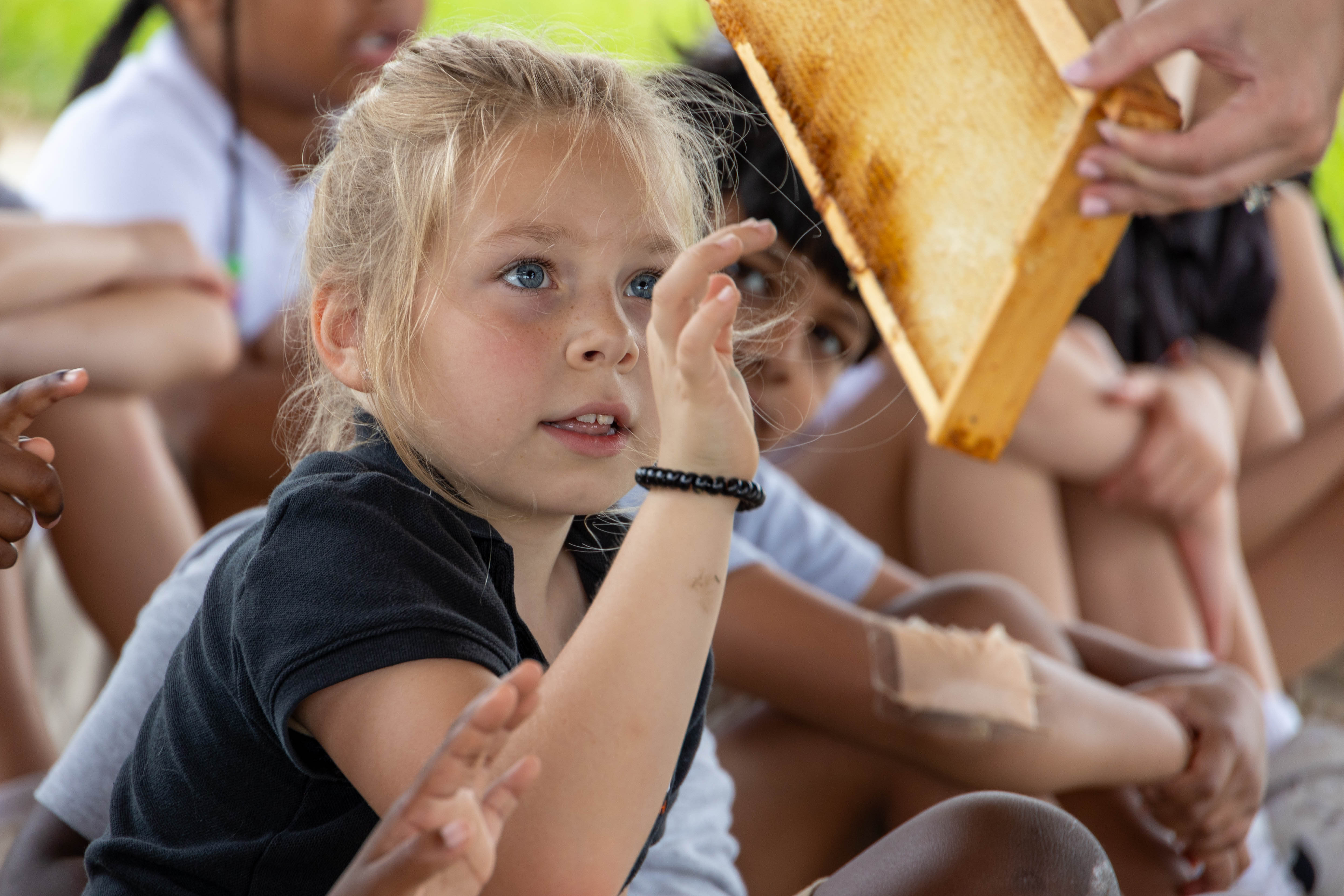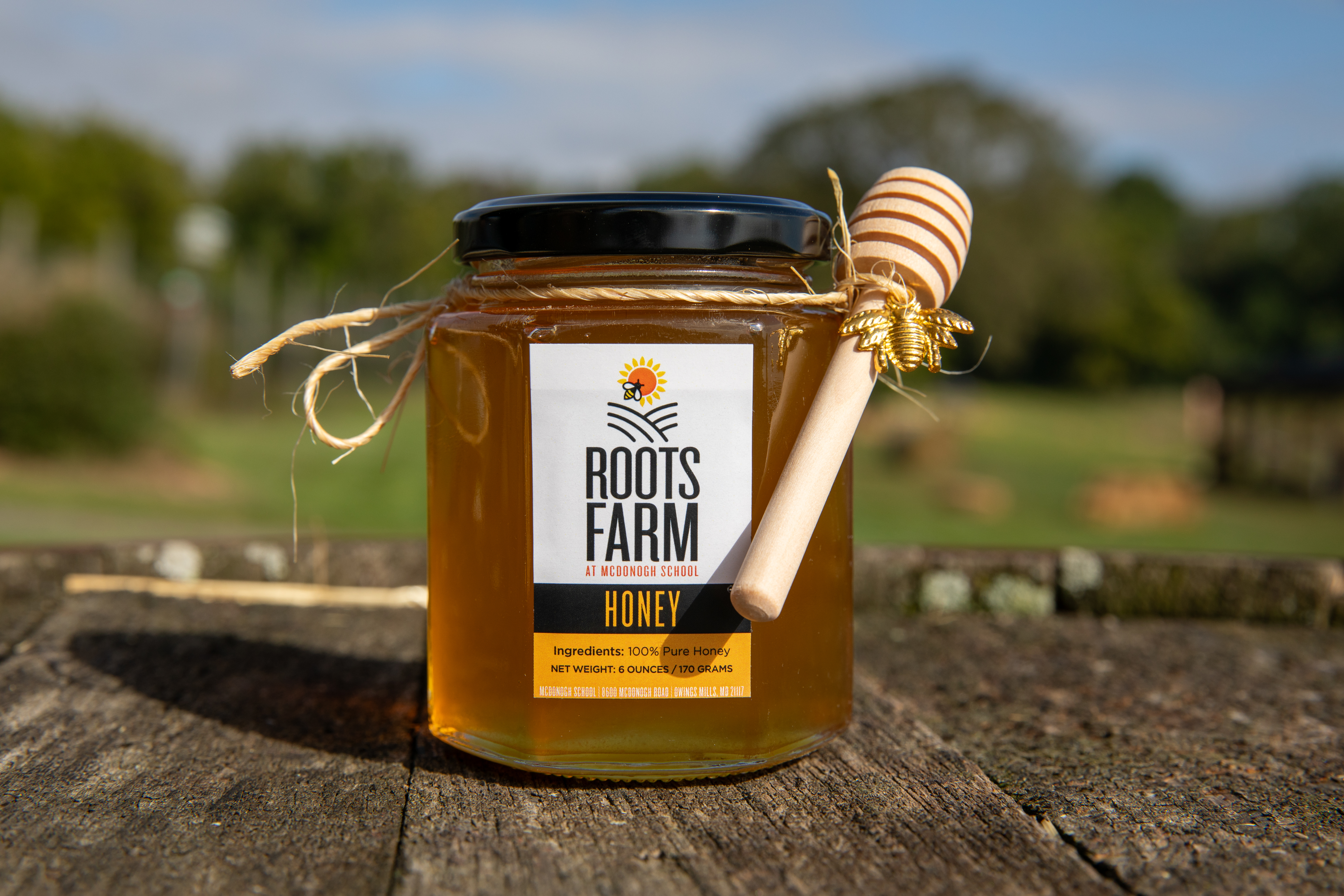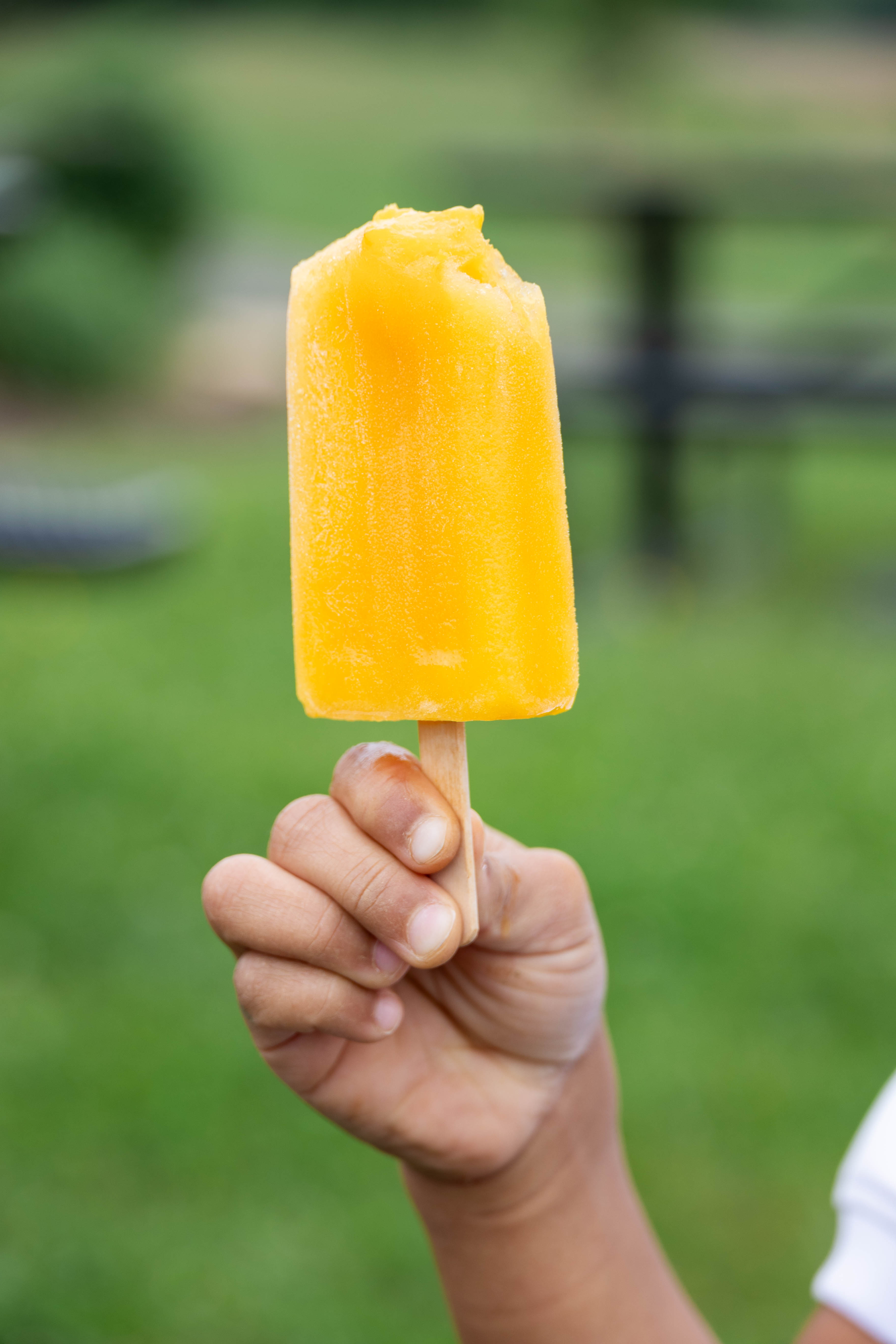
3 minute read
An Un-Bee-Livable Teachable Moment
On an early May afternoon, a swarm of bees could be seen outside the Lower School’s Dudley Hall classrooms. But it wasn’t cause for alarm. People knew exactly what to do. Call the Roots Farm beekeeper!
For the next few hours, the prefirst students had a birdseye view of the action. From their classroom window, they watched as Beekeeper Bonnie Britt and Director of Roots Farm Sharon Hood, dressed in protective gear, calmly gathered the swarm in a sheet, put them in a bee box, and transported them to the hives at Roots.

The experience had the curious children (and their teachers) buzzing. “I live for organic experiences that breed opportunities for students to really connect with what’s in front of them, and this was one of them,” says prefirst teacher Tricia Crnilovic. “It was an incredible opportunity. It shows how amazingly cool Mother Nature is, as well as our vastly diverse campus, filled with many living things and people who help cultivate, protect, and preserve them.”
While teachers used the swarm of honeybees as a teachable moment, more often the lessons on pollinators are a planned part of the curriculum. Each school year, Farmer Hood and Beekeeper Britt take every opportunity to speak to students of all ages about the delicate balance of nature and the crucial role of honeybees, butterflies, and other insects. In Middle and Upper School, students delve into the captivating world of beekeeping and learn the intricate process of honey extraction, from decapping the frames to filling jars with the golden nectar. They learn that the cover crops planted in the fields are responsible for the flavor and color of the honey. And they marvel at the various roles of the bees from the queen who regulates the unity of the colony and lays up to 3,000 eggs in a day to the workers who build and protect the hive. Most importantly, they learn to respect the tiny creatures and the important part they play in our food supply!
—Meredith Bower
Buzz-worthy Numbers

305 pounds of honey is harvested at Roots Farm annually.
Worker bees create wax honeycombs for 3 reasons: to raise new bees, to produce bee bread, and to store honey reserves.
Hundreds of hollow, thin-walled hexagons about 5.5 mm wide and 11 mm deep comprise the honeycomb. It is made from wax secreted from glands on worker bee abdomens.
To make 1 pound of wax, worker bees must consume 6-8 pounds of honey.
To produce that much honey, they must gather more than 40 pounds of nectar by visiting 12-16 million flowers.
It takes the collective effort of 12 worker bees to produce just one teaspoon of honey during their short 6-week lifespan.

Honey Peach Popsicles
(makes about 12)
1 cup farm fresh peaches cut into small pieces, plus more if you would like to put peach pieces in the molds
1/2 cup Roots Farm honey (more if you like your treats sweeter)
2 cups orange juice, pineapple juice, or apple juice
1/2 teaspoon salt
1 tablespoon lemon juice
Bring water, honey, and juice to a boil. Remove from heat and add in salt and lemon juice. Let cool slightly. Then, using a blender, puree mixture with peaches until smooth. Place extra pieces of peach in popsicle molds and fill them with the liquid. Freeze and enjoy!










